AMD Ryzen 9 3950X And Radeon RX 5700XT Leaked
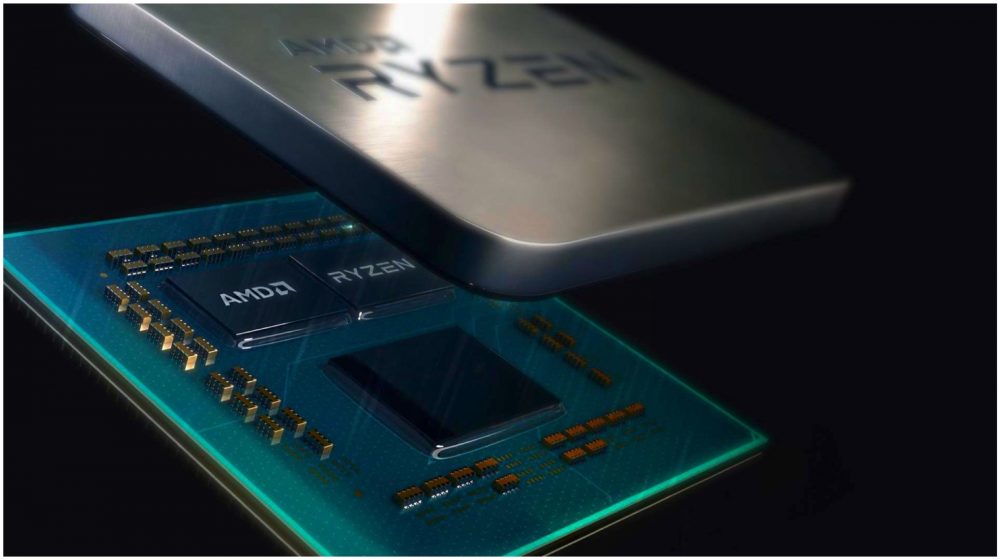
AMD is having its share in the spotlight after its various announcements in Computex 2019. The American chip manufacturer company impressed the global audience with its new lineup of CPUs and GPUs, with many rumours and leaks surrounding the much-awaited products. In a new report, detailed specifications on AMD’s Radeon RX 5700 XT and confirmed existence of a 16-core Ryzen 3000 processor was uncovered.
Ryzen 9 3950X
The leaked 16-core CPU processor is being dubbed the Ryzen 9 3950X and will be the flagship Zen 2 product available for consumers. The AMD chipset features a 16 core/ 32 threads with a boost clock of 4.7Ghz (base 3.5Ghz) and a TDP of 105W. Gaming is the main focus of the new chipset that runs on the existing 3000 motherboards. AMD Ryzen 9 3950X is essentially a 3900X with all of its cores on both chiplets enabled for more raw output in performance with 16 cores. 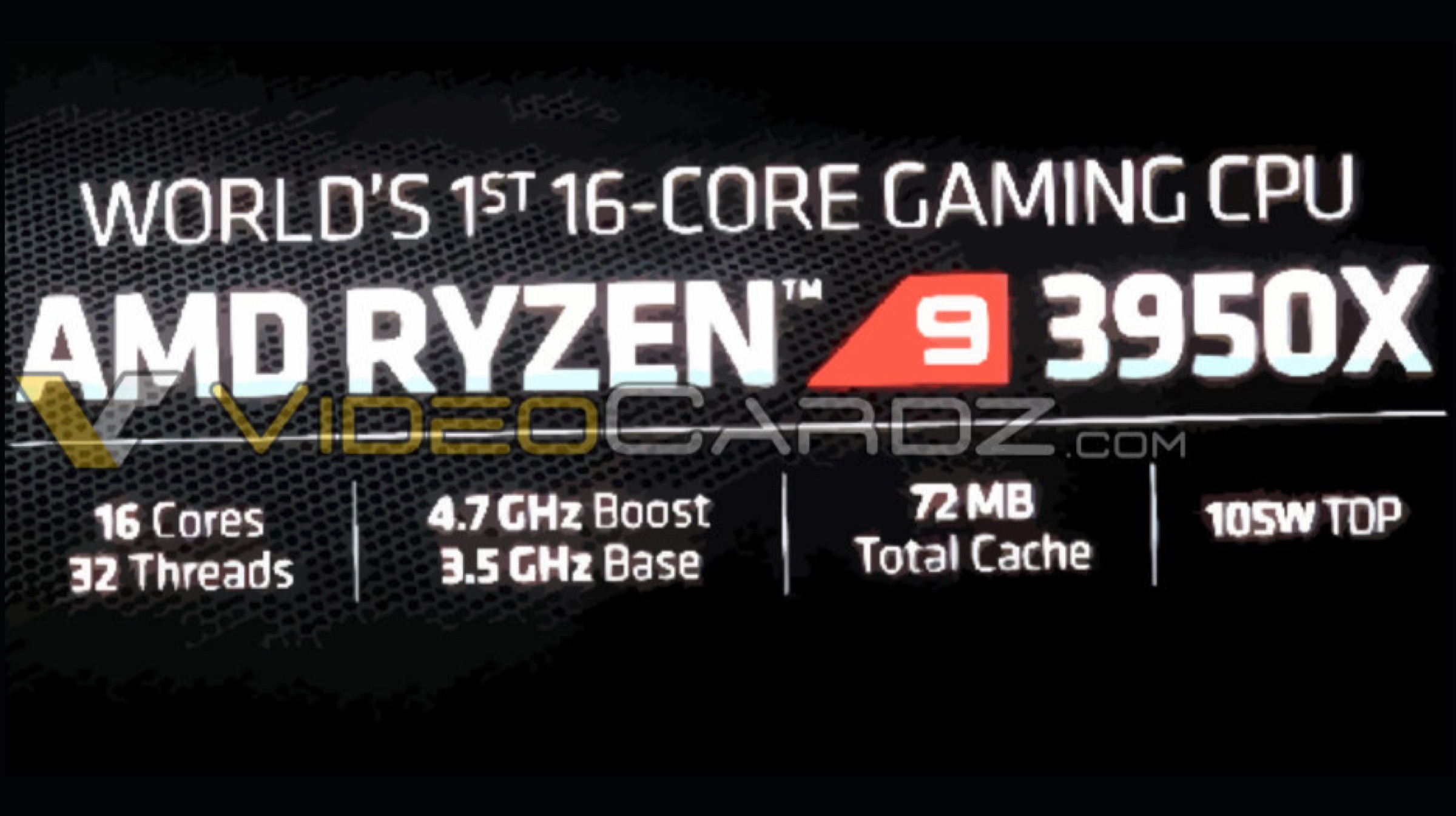
The top-end consumer chipset will most probably be announced along with the new Navi GPUs. AMD Ryzen 9 3900X currently has no competition, with the closest being the high-end Intel Core i9-9900K Coffee Lake chipset for gaming. The Ryzen 9 is the first gaming dedicated CPU that crosses the 8-core milestone and should, on paper, outperform the Core i9 CPU.
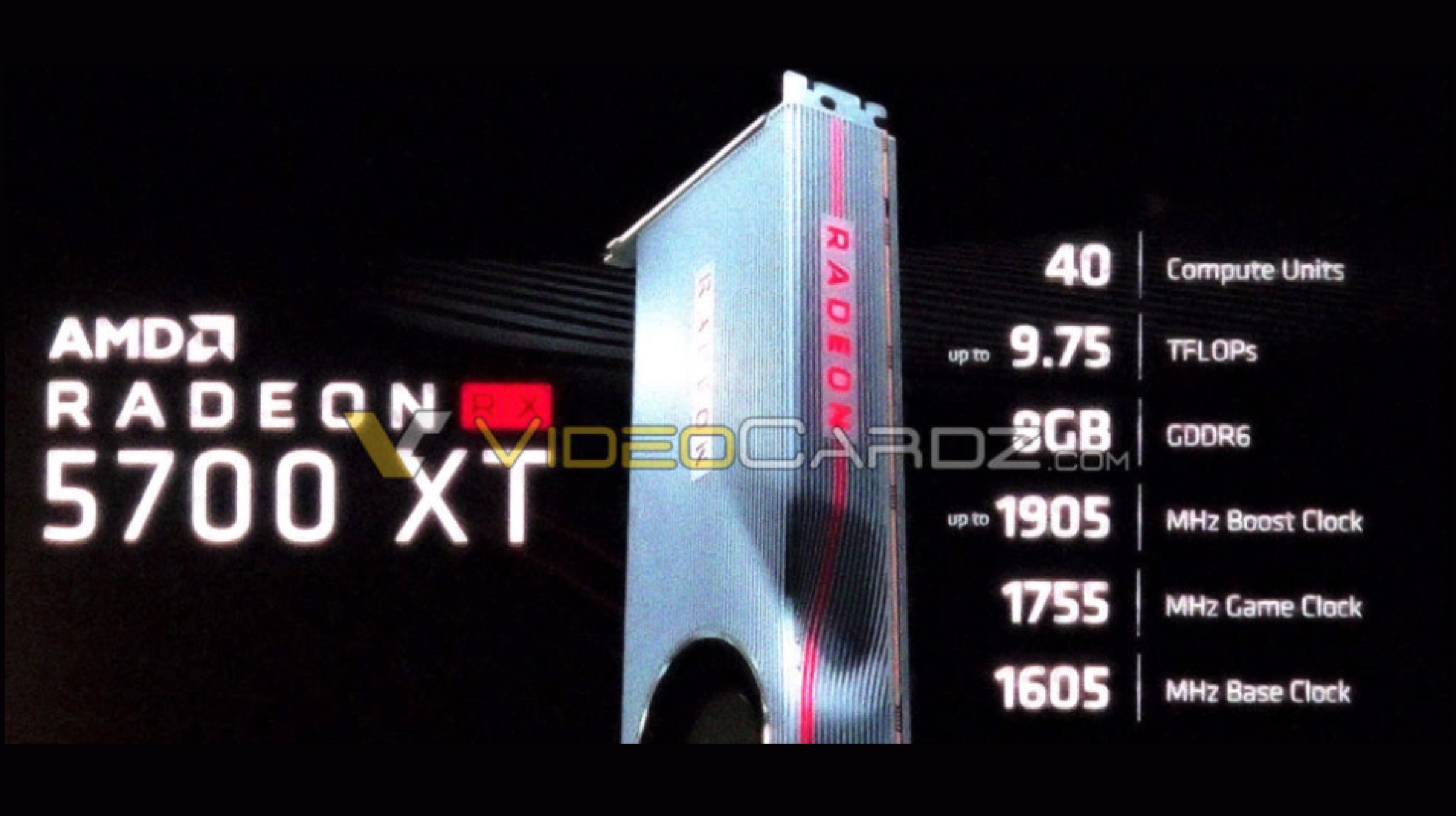
Radeon RX 5700 XT
AMD’s reveal of its RDNA graphical architecture based Radeon RX 5000 GPUs at the Horizon Next Gaming event might be offset with a new leak. The leakster apparently got his hands on the slides meant for the show. Images leaked show the details of the GPU, including the picture of the RX 5700XT. The new generation Radeon is expected to go up against NVIDIA’s GeForce RTX 2070 GPU.
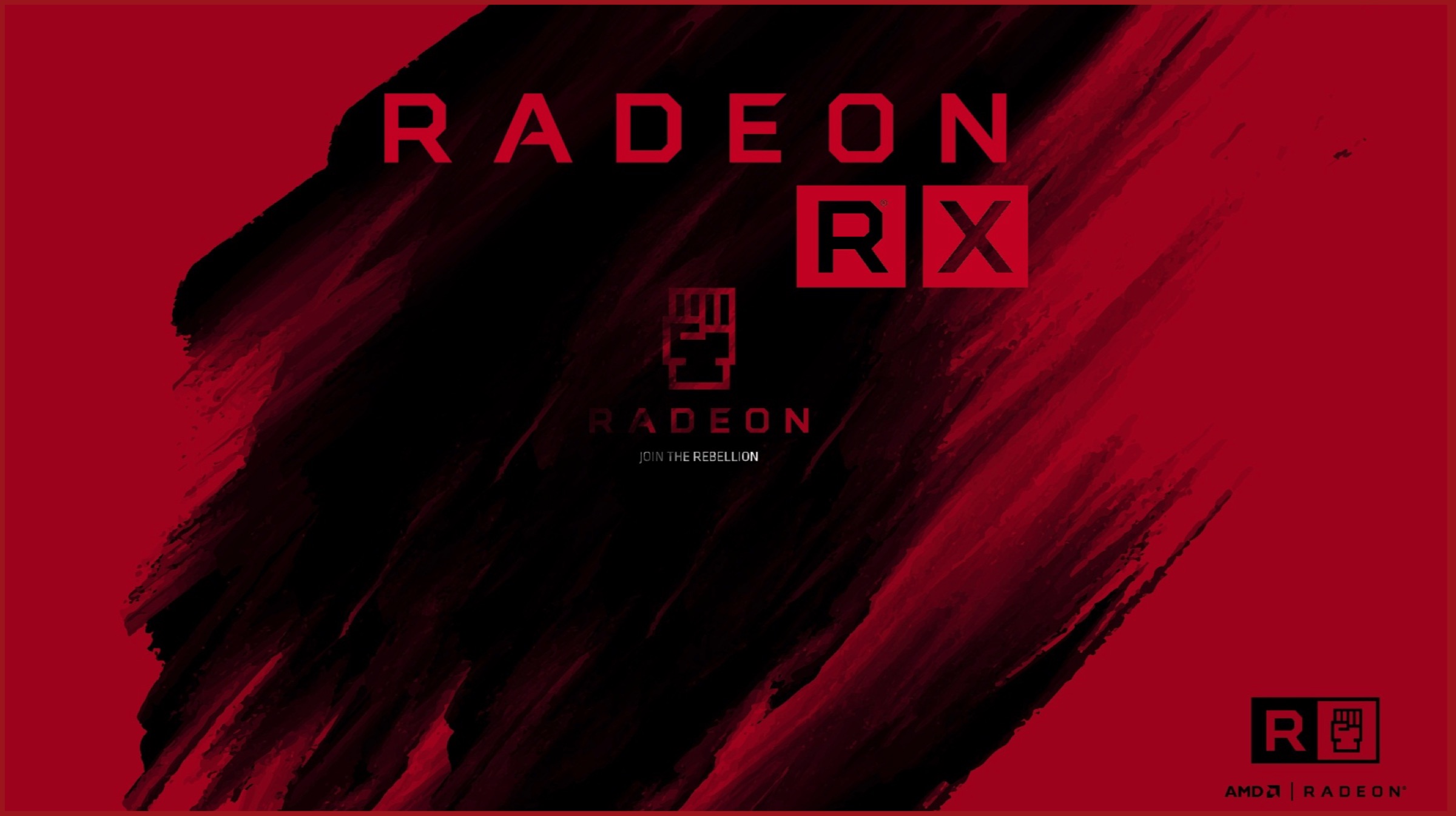
Also Read: HTC To Launch A Mid Range Smartphone Called The U19e On The 11th Of June
AMD Radeon RX 5700XT features 40 compute units or 2560 streaming processors that deliver 9.75 TFLOPs of FP32 performance. The 7nm GPU will sport 8GB of GDDR6 VRAM with a core clock of 1606MHz and a boost clock of 1905 MHz. This is by far the highest clockspeed seen in any AMD GPU, all thanks to its new RDNA architecture and 7nm process. Apparently, a ‘Game Clock’ is also planned which will probably be a hybrid state between boost and base clocks for when the entire GPU is not being fully utilized.
















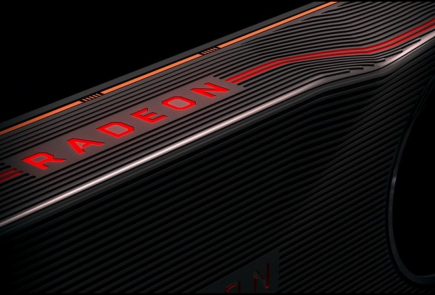
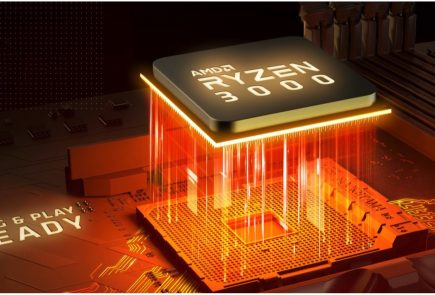

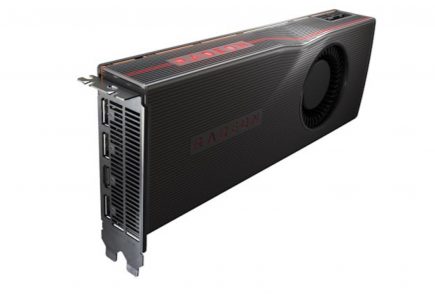



 . Thou
. Thou
 ! For i
! For i